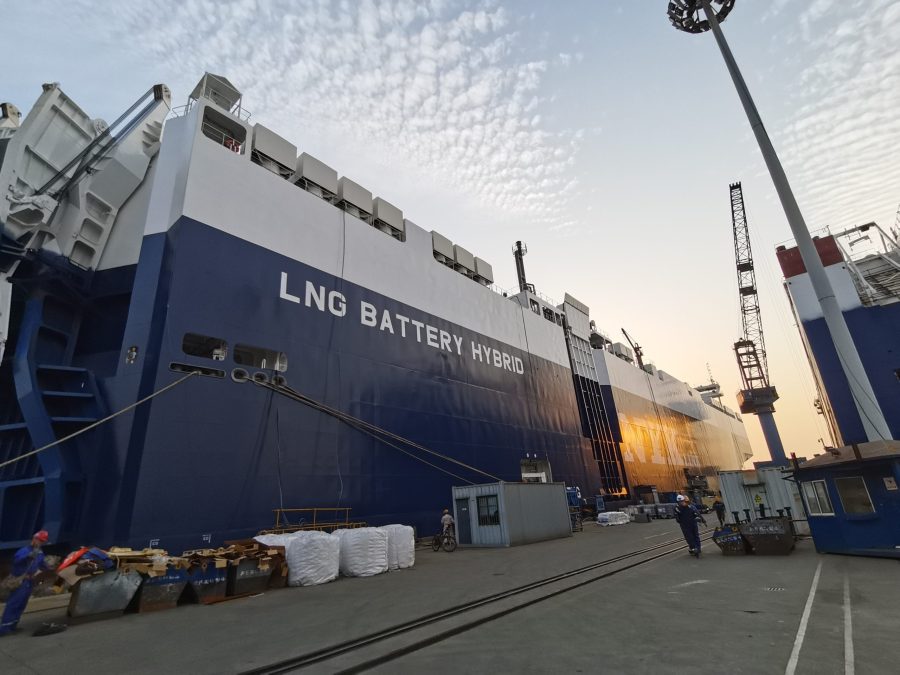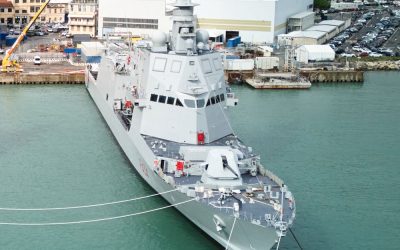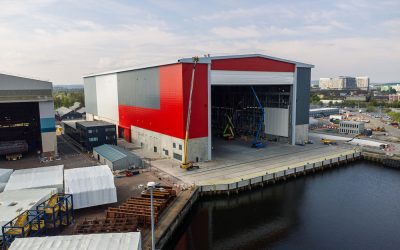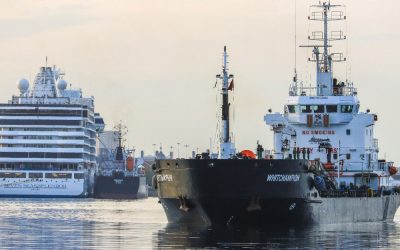The Japanese company’s fleet renewal strategy is targeting net-zero emissions by 2050, writes Tom Barlow-Brown.
Japanese shipowner NYK Line is increasingly adopting a carbon neutral stance, transitioning its fuel choices to LNG and ordering newbuilds that utilise new environmentally conscious technology. WinGD is the latest to have been picked to provide dual-fuel option for NYK. The Swiss marine power company’s X-DF2.0 engines will provide power for two new car carriers.
The partnership is the latest in a series of ventures that the Japanese company has made as part of its transition to net-zero. NYK has established an initiative called ‘Sail GREEN’ as part of its ESG brand. This emphasises its efforts to reduce GHG emissions through the transport of goods and contribute to the eco-friendly supply chains of customers.
The 7,000CEU pure car and truck carriers (PCTC) Jasmine Leader and Wild Rose Leader have been fitted with a wide range of WinGD technology. To reflect NYK’s desire to promote its environmentally friendly strategy it has named the new vessels after flowers. Both ships were delivered from Jinling Shipyard in China, where two remaining vessels in the series are also under construction.
During their maiden voyages the 199m, 71,846gt vessels transported vehicles produced by Mazda Motor Corporation and Honda Motor Co., Ltd, which was keen partner with a car carrier that shared its green perspective. Two other sister vessels, the Plumeria Leader and the SakuraLeader, were launched earlier in the year, both at the Shin Kurushima Dockyard. The fleet of ships will be some of the world’s largest PCTCs.
NYK Line’s deputy manager, Ship Design Team, Technical Group, Mr Keita Fukunaga, says: “These LNG-hybrid vessels are among the most sophisticated and efficient car carriers ever built and are central to our fleet renewal plan targeting net-zero emissions by 2050. With WinGD’s engine, energy management and digital monitoring systems onboard, they mark an important step towards delivering decarbonised vehicle transport for our customers.”
The switch to LNG will make the four vessels approximately 40% more energy efficient compared to ships using conventional heavy oil-fired engines. The move is also expected to reduce sulphur oxide (SOx) emissions by approximately 99% and nitrogen oxides (NOx) by approximately 86% compared to ships using conventional heavy oil-fired engines.
WinGD’s range of technology options onboard includes an LNG-battery hybrid configuration that uses WinGD’s latest 7X62DF-2.1 two-stroke engines coupled with shaft generator, DC-links, batteries and bow thruster drives. System integration and holistic energy management is also provided by WinGD. The increased energy efficiency provided by the LNG engines means that the vessels are ahead of the curve for future CII requirements. This means they are already past International Maritime Organization’s (IMO) current greenhouse gas emission target for 2030.
Alongside the LNG-battery hybrid engines, which are at the core of the WinGD’s onboard technology suite, the vessels also feature a comprehensive installation of the company’s ecosystem of energy reduction and monitoring solutions. The highly advanced technologies which feature in the sophisticated vessels include WinGD’s X-DF2.0 iCER (Intelligent Control by Exhaust Recycling), X-EL Energy Manager and WiDE (WinGD integrated Digital Expert).
The Jasmine Leader and Wild Rose Leader are the first in operation with WinGD’s X-DF2.0 iCER technology which is designed to cool and recirculate part of the exhaust gas through a low-pressure path during operation in gas mode. The iCER technology reduces methane slip by 50% while providing significant efficiency gains.
The vessels also showcase the first deployment of WinGD’s electrical energy solution, X-EL Energy Management. This allows for an optimised energy flow to run the main engine constantly at its optimal point while avoiding less ideal energy usage. The X-EL Energy Manger is a new battery-hybrid power integration and sustainability service which integrates the two-stroke marine engine control into the electrified vessel power system.
The PCTCs also feature the WiDE engine monitoring and diagnostics, which uses a digital copy of the unique system to compare simulated behaviour with real-time data, which is based on vessel operation and seafaring conditions. As a result, anomalies from probable performance are identified and diagnosed so the vessel’s crew and shoreside support staff can receive advice for troubleshooting and maintenance.
NYK Line has set a long-term net-zero emission target for 2050, and the company is currently positioning LNG fuel as one of the solutions to achieve this in the interim, before more sustainable fuels come on the market. The company aims to switch to zero-emission vessels utilising low-emission marine fuels such as hydrogen and ammonia. NYK currently plans to take delivery a total of 20 new LNG-fuelled car carriers by 2028.






